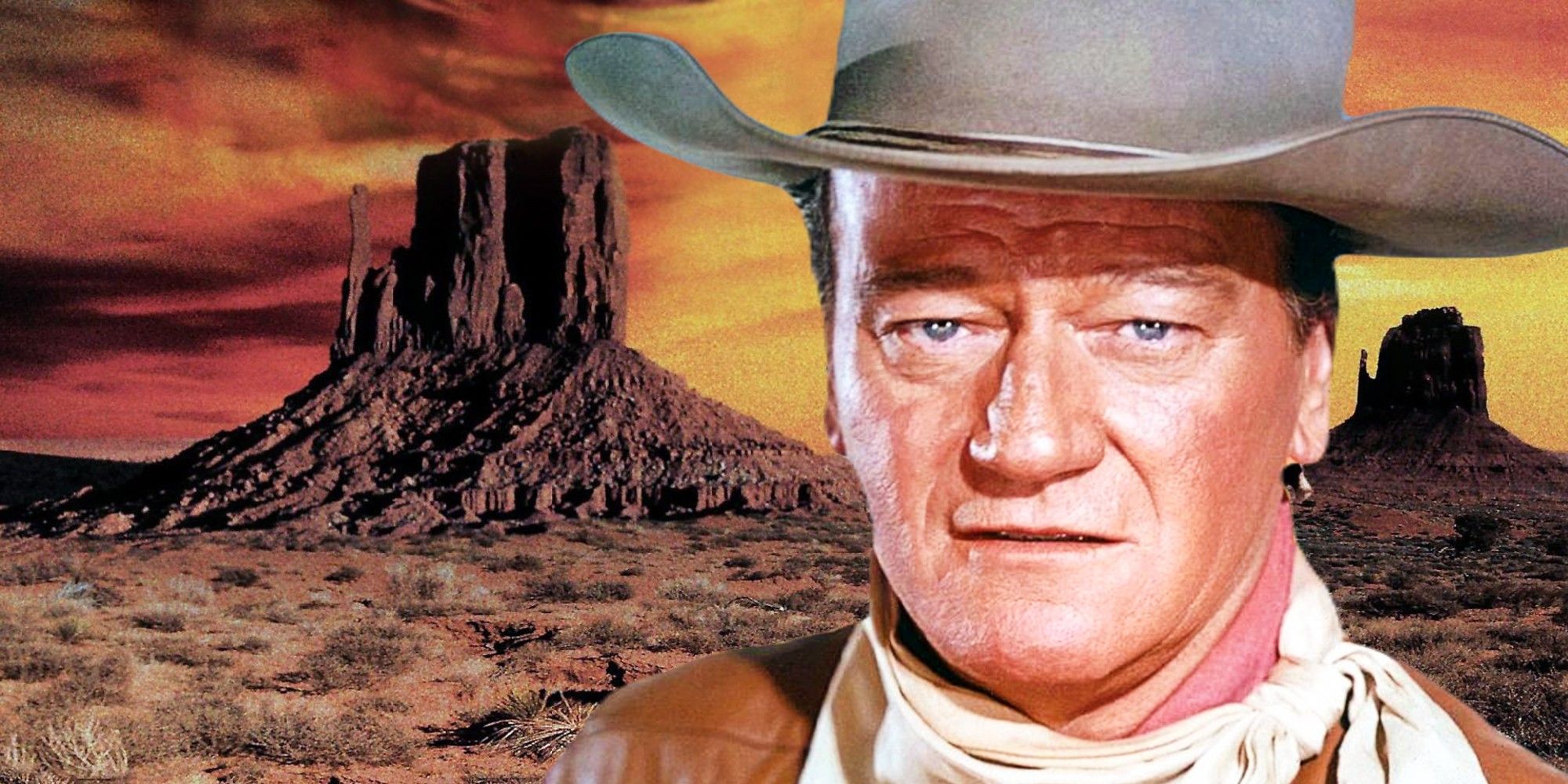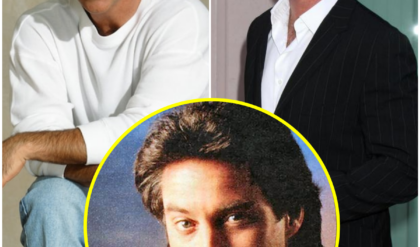John Wayne, one of Hollywood’s most iconic figures, has left an indelible mark on the film industry. Known for his rugged charm, commanding presence, and portrayal of tough American cowboys, Wayne captured hearts worldwide and starred in over 170 films during his career. While his larger-than-life image on the big screen is well known, there are surprising revelations about his life that many fans may not be aware of. From his humble beginnings in Iowa to becoming the “Duke” of Hollywood, Wayne’s journey is a fascinating story of determination, success, and personal challenges.
Early Life and the Birth of ‘Duke’

Born as Marion Robert Morrison on May 26, 1907, in Winterset, Iowa, John Wayne’s future seemed far removed from the silver screen. Weighing in at 13 pounds at birth, his size was notable enough to be mentioned in the local paper. His childhood nickname, “Duke,” came from his constant companion, a large Airedale terrier named Duke, and it stuck throughout his life. As a young boy, Wayne’s family moved to California, where his father worked as a pharmacist.
Wayne attended Glendale Union High School, where he quickly became popular due to his involvement in sports, academics, and extracurricular activities. He excelled in football and was a star in the debating club. His leadership qualities and charm won over his peers, but a failed attempt to enter the United States Naval Academy shifted his focus elsewhere. Wayne earned a football scholarship to the University of Southern California (USC), but a body surfing accident ended his football career, forcing him to leave the university. This setback, however, would become a pivotal moment in his life.
The Road to Hollywood
Wayne’s entry into Hollywood came through a series of fortunate connections. While working part-time jobs to make ends meet, he befriended people involved in the film industry, including director John Ford and silent film star Tom Mix. His early roles were modest, with Wayne working as a prop boy and extra on various films. In 1930, he landed his first lead role in The Big Trail, a large-scale Western directed by Raoul Walsh. The film, though innovative for its time, was a box office flop. Wayne found himself back in small roles, many of them in low-budget Westerns.

During the 1930s, Wayne appeared in approximately 80 low-budget Western films. Although they were not critically acclaimed, these films gave him valuable experience. He worked closely with stuntmen and learned to perform many of his own stunts. His collaboration with the legendary director John Ford began in these early years, and the two developed a strong working relationship that would shape the trajectory of Wayne’s career.
A Star Is Born: ‘Stagecoach’ and Hollywood Stardom
John Wayne’s breakthrough came in 1939 with Ford’s classic Western Stagecoach. Initially, studios were reluctant to cast Wayne in the lead due to his association with B-grade Westerns, but Ford believed in his potential. Stagecoach was both a critical and commercial success, transforming Wayne into a mainstream star. His portrayal of the rugged, heroic Ringo Kid resonated with audiences and set the stage for his future as Hollywood’s cowboy icon.
Despite his success, Wayne’s rise to stardom was not without controversy. His strong conservative views, especially during the 1960s and 70s, often clashed with the political climate of the time. His outspoken support for the Vietnam War and his opposition to the civil rights movement sparked debate and criticism. However, Wayne remained unapologetic, stating that his beliefs were deeply rooted in his vision of American values.
World War II and the Duke’s Regret
During World War II, many Hollywood stars enlisted in the military, but Wayne, already in his mid-30s and with a family to support, did not serve. Though he toured military bases and hospitals in the South Pacific to entertain troops, his inability to enlist became a source of deep regret later in life. His widow later revealed that this regret fueled his intense patriotism and advocacy for the military throughout his career.
The Final Chapter: Hollywood’s ‘True Grit’ Legend
Wayne’s career continued to flourish in the post-war era, with films like The Searchers (1956), The Alamo (1960), and The Man Who Shot Liberty Valance (1962) solidifying his status as one of Hollywood’s most bankable stars. In 1969, he won his only Academy Award for Best Actor for his role as Rooster Cogburn in True Grit. The role was a defining moment in his career, showcasing his ability to balance toughness with vulnerability.
Though his health began to decline in the 1970s, Wayne remained a dominant force in Hollywood. His final film, The Shootist (1976), was a poignant reflection of his life and career, portraying an aging gunfighter facing his mortality.
John Wayne’s legacy extends far beyond his films. He remains a symbol of American individualism and resilience, a larger-than-life figure whose personal and professional journey continues to captivate audiences long after his passing.





